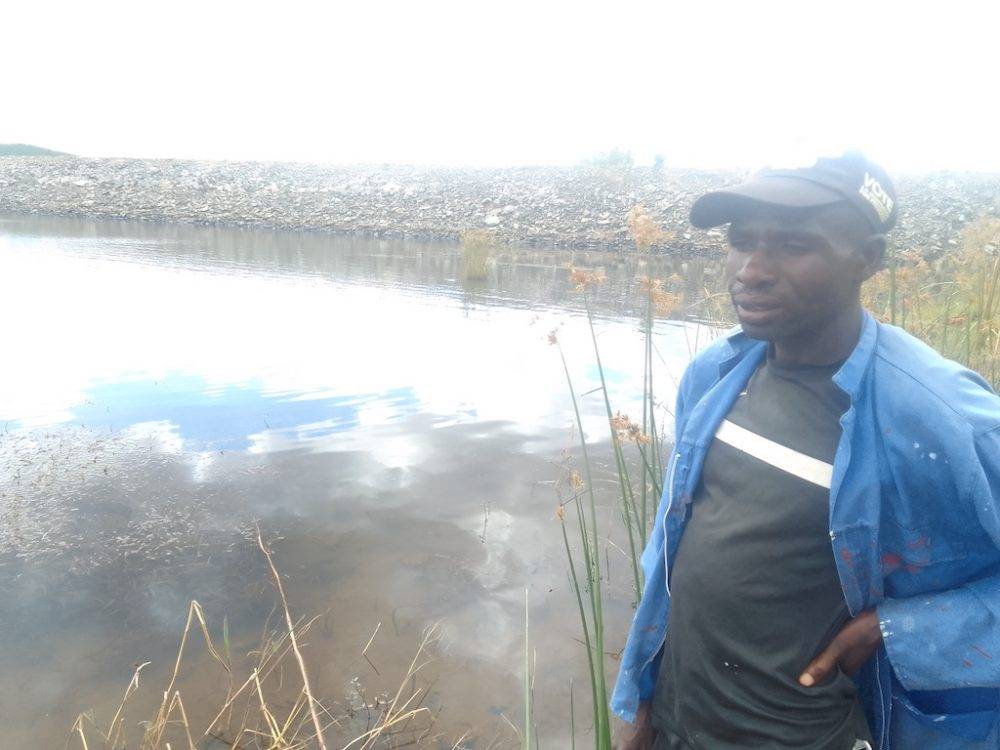 Lost glory: Farai Muchakaza used to survive from fishing in Matezva dam before the spillage. Photo: Tatenda Chitagu
Lost glory: Farai Muchakaza used to survive from fishing in Matezva dam before the spillage. Photo: Tatenda Chitagu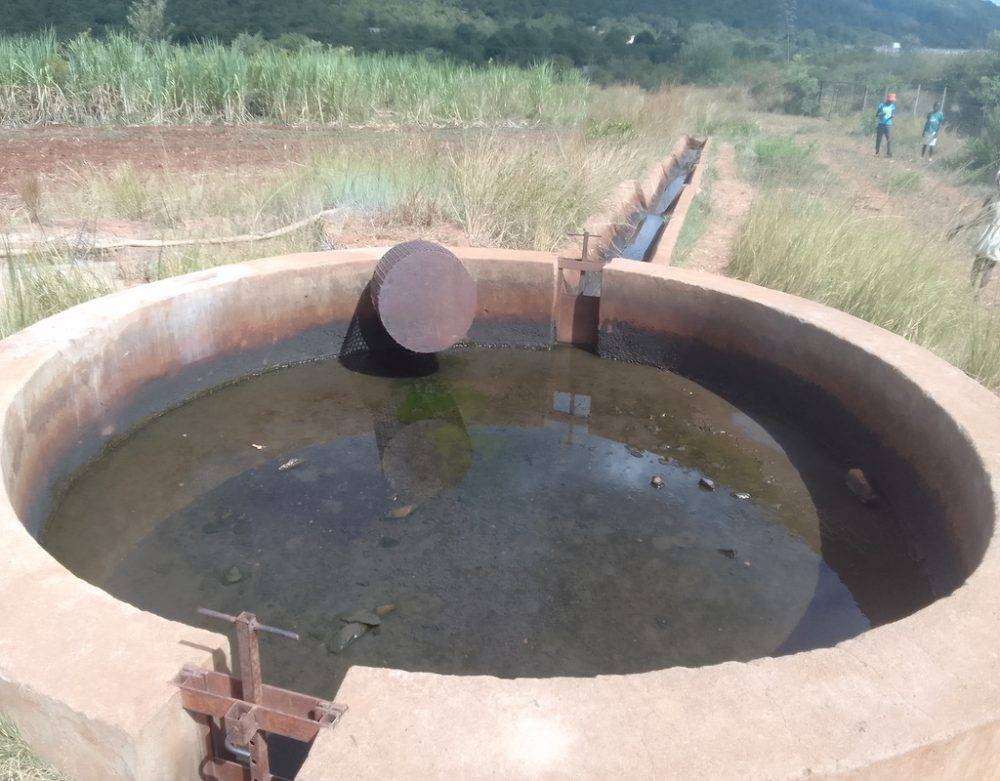 Empty tank: Residents do not have a pump to get water from the dam, only empty tanks like this one. Photo: Tatenda Chitagu
Empty tank: Residents do not have a pump to get water from the dam, only empty tanks like this one. Photo: Tatenda Chitagu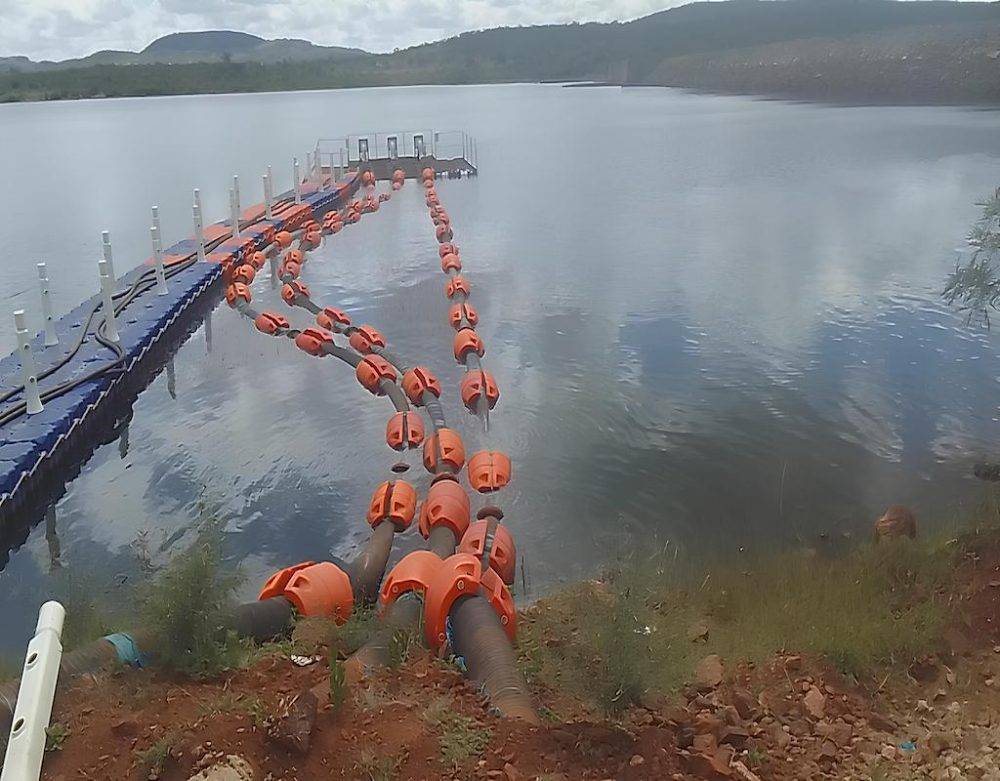 Large volumes: Irrigation scheme members allege that Bikita Minerals is 'pumping out the water like never before'. These are just one set of Sinomine's pumps. Photo: Tatenda Chitagu
Large volumes: Irrigation scheme members allege that Bikita Minerals is 'pumping out the water like never before'. These are just one set of Sinomine's pumps. Photo: Tatenda Chitagu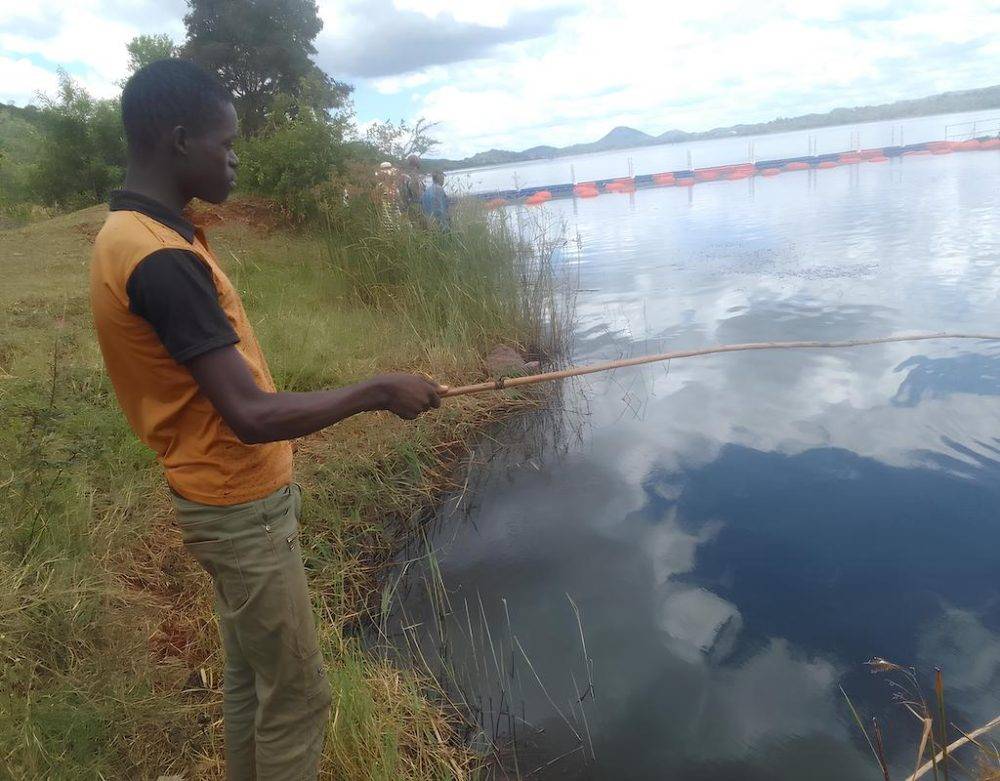 Local fisherman Iverne Mapuzire is one of many who rely heavily on the Matezva dam for sustenance. Photo: Tatenda Chitagu
Local fisherman Iverne Mapuzire is one of many who rely heavily on the Matezva dam for sustenance. Photo: Tatenda Chitagu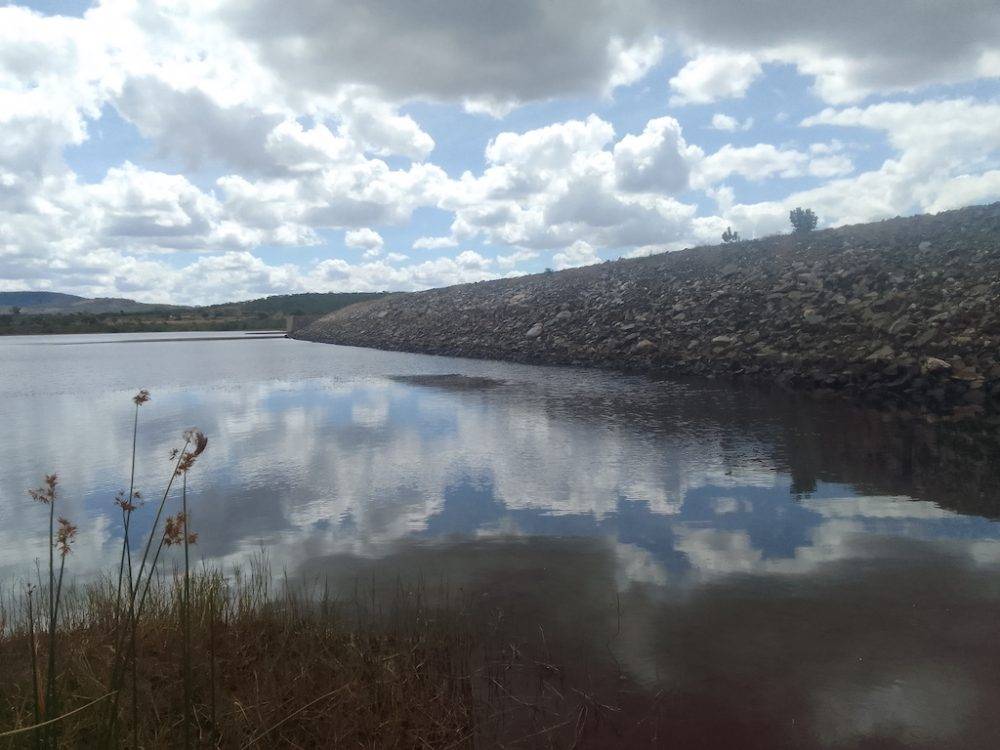 Low levels: Marks on the dam wall show how the water levels are dropping at an alarming rate. Photo: Tatenda Chitagu
Low levels: Marks on the dam wall show how the water levels are dropping at an alarming rate. Photo: Tatenda Chitagu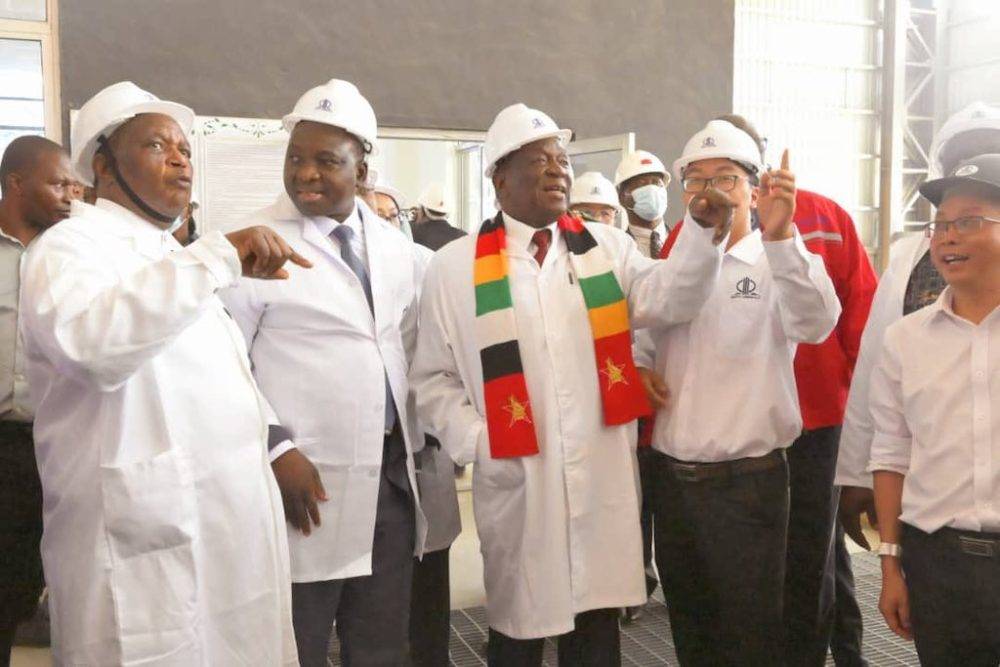 Zimbabwe President Emmerson Mnangagwa (centre) at the 2023 commissioning of the lithium processing plant at Bikita Minerals. Photo: Presidential Communications Zimbabwe (Twitter)
Zimbabwe President Emmerson Mnangagwa (centre) at the 2023 commissioning of the lithium processing plant at Bikita Minerals. Photo: Presidential Communications Zimbabwe (Twitter)




